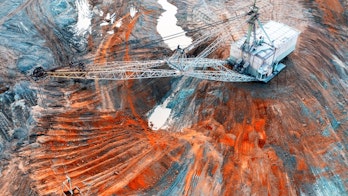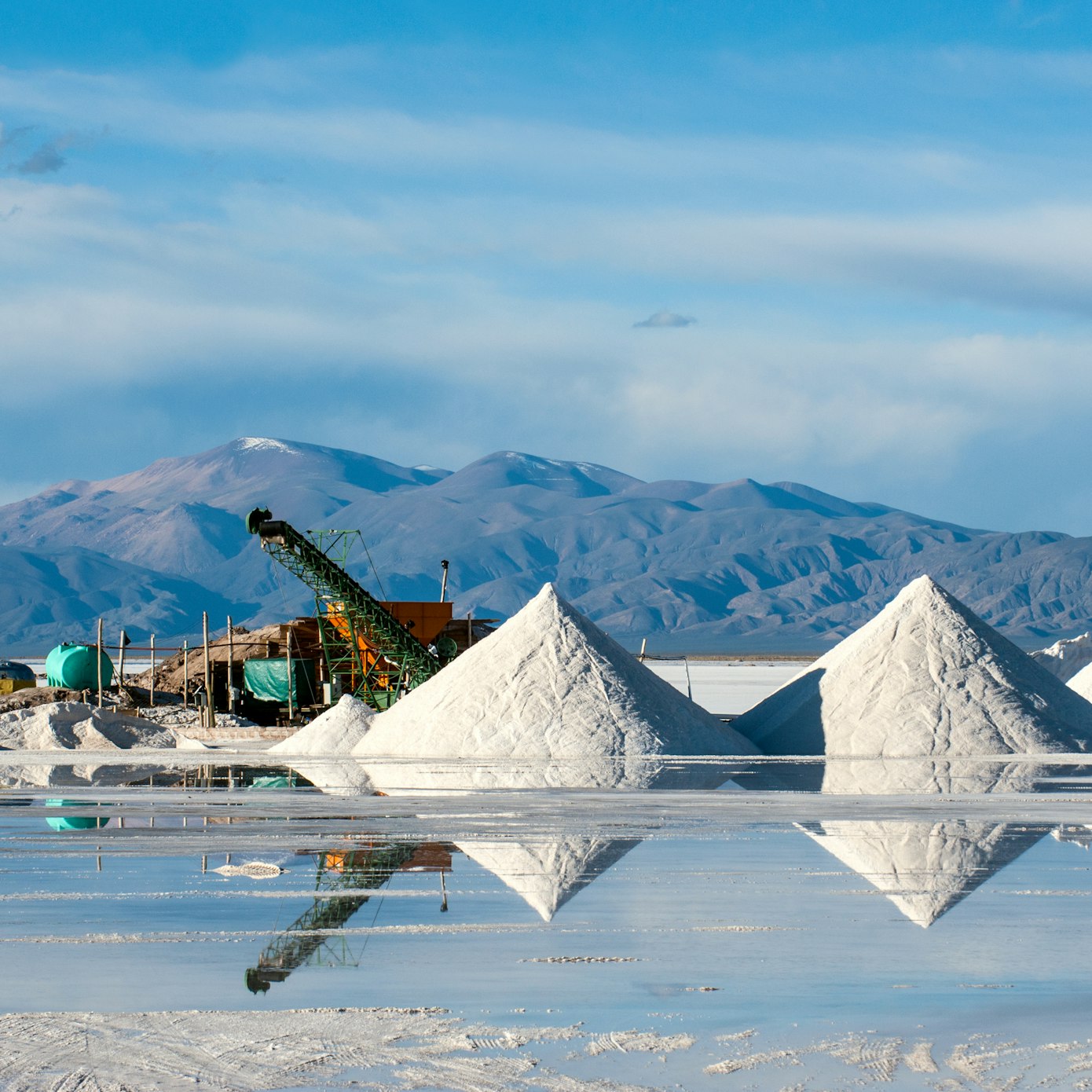Critical minerals
The role of critical minerals in clean energy transitions
An energy system powered by clean energy technologies differs profoundly from one fuelled by traditional hydrocarbon resources. Critical minerals such as copper, lithium, nickel, cobalt and rare earth elements are essential components in many of today’s rapidly growing clean energy technologies – from wind turbines and electricity networks to electric vehicles. Demand for these minerals will grow quickly as clean energy transitions gather pace.
Introduction
Solar photovoltaic plants, wind farms and electric vehicles generally require more critical minerals to build than their fossil fuel-based counterparts. A typical electric car requires six times the mineral inputs of a conventional car and an offshore wind plant requires thirteen times more mineral resources than a similarly sized gas-fired plant. Since 2010 the average amount of mineral resources needed for a new unit of power generation capacity has increased by 50% as the share of renewables in new investment has risen.
The types of mineral resources used vary by technology. Lithium, nickel, cobalt, manganese and graphite are crucial to battery performance. Rare earth elements are essential for permanent magnets that are used in wind turbines and EV motors. Electricity networks need a huge amount of copper and aluminium, with copper being a cornerstone for all electricity-related technologies.
As countries accelerate their efforts to reduce emissions, they also need to make sure that energy systems remain resilient and secure. The rising importance of critical minerals in a decarbonising energy system requires energy policy makers to expand their horizons and consider potential new vulnerabilities. Concerns about price volatility and security of supply do not disappear in an electrified, renewables-rich energy system.
This is why the IEA is paying close attention to the issue of critical minerals and their role in energy transitions.
Key findings
Total mineral demand for clean energy technologies by scenario, 2020 compared to 2040
OpenClean energy transitions implies a significant increase in demand for minerals
In other words, it is essential to ensure diverse, resilient and secure clean energy supply chains, including for critical minerals.
Required investment to meet minerals demand in the Net Zero Scenario, 2022-2030
OpenInvestment is needed shortly to bring the critical mineral project pipeline in line with net zero
The capacity additions required are feasible, but investment would need to flow into new projects within the next 3 years to bring them up to speed with the net zero trajectory.
We estimate that around 360 to 450 USD billion of investment would be needed cumulatively over 2022-2030 in critical mineral mining to reach the projected level of production in that scenario. The cumulative investment required to bring online the anticipated supply is around USD 180 billion to USD 220 billion, implying a shortfall of USD 180 billion to USD 230 billion worth of additional projects to meet the needs of the NZE Scenario.
Energy Technology Perspectives 2023: Mining and materials production
Key analysis
Resources available on IEA website
-
Critical Minerals Market Review 2023

-
Latin America’s opportunity in critical minerals for the clean energy transition
-
Why the European Union needs bold and broad strategies for critical minerals
-
Critical Minerals Policy Tracker

-
Why is ESG so important to critical mineral supplies, and what can we do about it?
-
Critical minerals threaten a decades-long trend of cost declines for clean energy technologies
-
Reducing the impact of extractive industries on groundwater resources
-

Net Zero by 2050
A Roadmap for the Global Energy Sector
